The Math Behind Taking Risks: Understanding Expected Value and Probability

When the cards are dealt and the chips are in play, the distinction between winners and losers is no longer ‘luck’ – it’s mathematics. Every wager and gamble made in ‘the game’ has a set structure of approximate values and probabilities that determine the long-run outcomes. While temporary luck may indeed favor the bold, understanding the numbers is what gets players the real edge over time. Gambling shifts from random chance to stratified risk principles when informed decisions can dramatically enhance outcomes; it becomes a science.
Gambling: The Fundamentals of Probability
Probability is defined as the likelihood of a certain outcome occurring, and in terms of gambling, it is typically shown in odds, either percentages, decimals, or fractions. For instance, a fair coin has a probability of 50% chance of landing on heads. A typical six-sided die has a 1 in 6 chance (roughly ~16.7%) of rolling any given number.
Most gamblers often tend to become victims of ‘gambler’s fallacy’, which is the idea that past outcomes affect the results of future attempts at an event. In the case of a roulette wheel, if it has landed on black six times in a row, some players will expect or foresee red paying off (also known as the “show up” heuristic). The reality is quite the opposite: and that which the wheel works independently, where each spin represents a separate occasion in which probabilities do not change.
Please consider that even after 10 blacks in a row on a European roulette wheel, the probability of red on the subsequent turn persists unwaveringly at 18/37, equating to (48.6). The players are led to believe that a certain pattern can be used to come up with solutions to counter deviations from expected outcomes.
Understanding Expected Value
If you were to continuously place a bet, expected value (EV) would calculate the outcome based on the average result from that infinite repetition. The formula is simple: multiply each outcome by its probability, and then add all of the results.
Let’s, for instance, consider a game where one pays $10 to roll a die. A 6 would award a $70 payout, while all other rolls would return $0. The expected value, in this case, would be:
Probability of Winning * Amount Won + Probability of Losing * Amount Lost
(1/6 * $70) + (5/6 * -$10) = $11.67 – $8.33 = $3.34
A positive expected value means that this game would indeed be profitable in the long run. However, that is not the case for most casino games which are designed to have a negative expected value in order to maintain the house edge and profit in the long run.
Succeeding While Beating the Odds
Even as the house advantage is fixed in every casino game, there still exists an opportunity to change the odds in one’s favor by using skill and strategy. Such exploits as counting cards in Blackjack, using optimal strategies for video poker, and creating line bets in sports betting all yield a scenario that has a positive expected value for the player.
Sports betting particularly rewards mathematical analysis. By developing statistical models and spotting inefficiencies in bookmakers’ odds, some bettors consistently profit. Those who beat online bookies typically combine probability theory with detailed sport-specific knowledge, creating an edge that produces long-term gains despite short-term variance.
Take for example a professional sports bettor who monitored weather conditions related to English Premier League matches. This bettor was able to attain a three percent edge over bookmakers by understanding how certain weather conditions impacted total goals scored, information not sufficiently incorporated into the odds, and using mathematics to turn bet hundreds of times mathematically accurate wagers into profits.
Bankroll and Risk Management
Proper bankroll management complements understanding expected value. Even if a positive EV exists, uncontrolled risk parameters can result in catastrophic losses during short-term fluctuations.
Optimal bet sizes for your edge and bankroll can be calculated using the Kelly Criterion. This formula’s split for betting size: bet size = (edge/odds), ensures maximum potential growth without putting too much strain on the system.
Smart risk-takers often contain the size of individual bets between 1-5% of their total bankroll, enabling them to outlast the inevitable decreases. This discipline allows the law of large numbers to do its work, where results inevitably align with mathematical expectation over time.
Last Remarks
With a firm grasp on mathematics, a gambling problem is no longer a problem of pure chance; it becomes a problem of risk management. Once you comprehend probability and expected value, your “games of chance” achieve a new level of dimension, turning into a game of skill where informed decisions enhance outcomes to an incredible extent.
However, these calculations alone are insufficient. The mastery of its application requires extreme emotional discipline, unwavering adoption of strategies regardless of barrage of temporary losses, avoidance of rash choices, and consistent scaling in both winnings and losses.
Whether you dabble in poker, wager on sports, or entertain financial projections, principles stay unchanging: do accurate probability calculations, find opportunities with positive expected value, and manage risk adequately. Through the lens of these calculations, one no longer views taking chances on risk as an unfortunate roll of the dice but rather a rational move where outcomes are controlled and outcomes will, over time, turn in your favor.
Related to This Article
More math articles
- The Ultimate ASTB Math Course (+FREE Worksheets & Tests)
- Unlocking Trigonometric Secrets: A Comprehensive Guide to Double-Angle and Half-Angle Formulas
- 3rd Grade Common Core Math Worksheets: FREE & Printable
- 7th Grade MCAP Math Worksheets: FREE & Printable
- How to Solve Unknown Angles? (+FREE Worksheet!)
- What is the difference between LCM and HCF and how to calculate these properly?
- How to Write Inequalities from Number Lines?
- The Best Calculator for PSAT 8/9 Math Test
- What Is the Best GED Math Study Guide?
- 3rd Grade SBAC Math Practice Test Questions
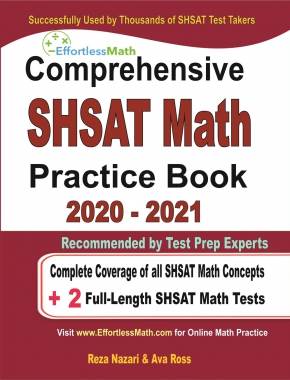
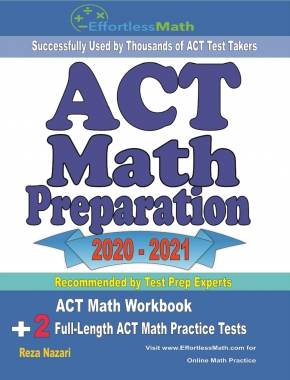
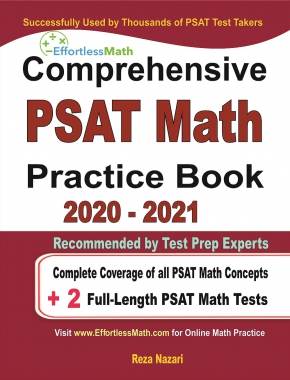
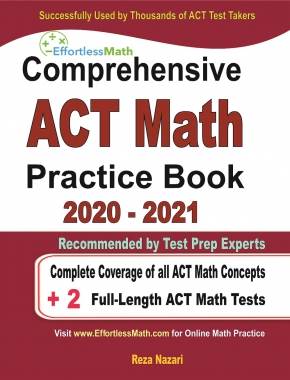
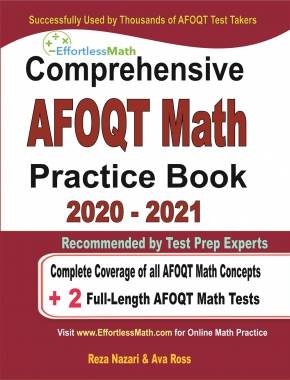
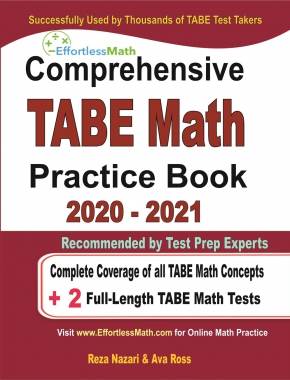
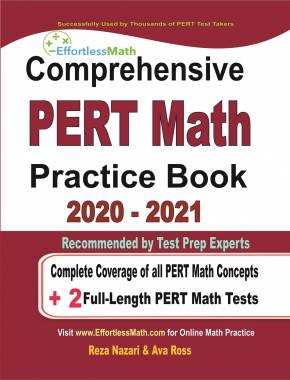
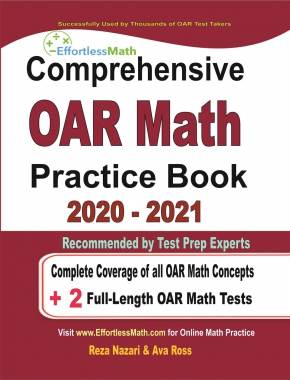

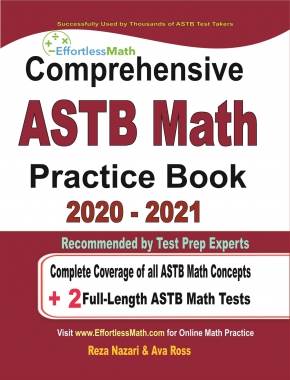
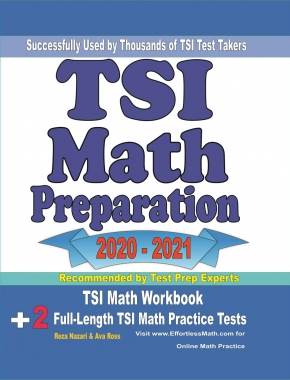
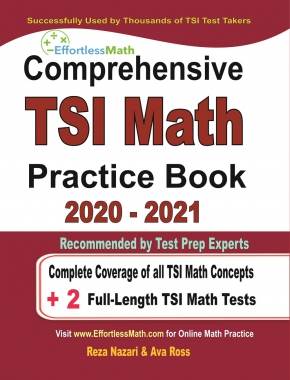

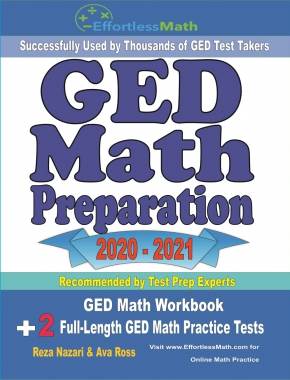
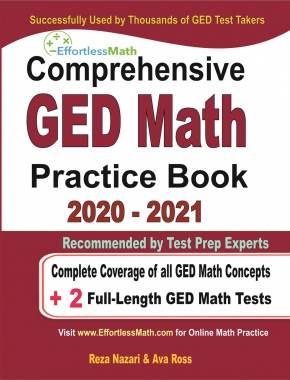

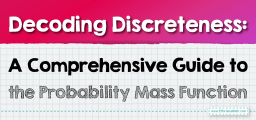

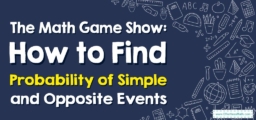
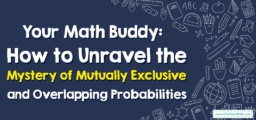
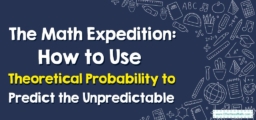
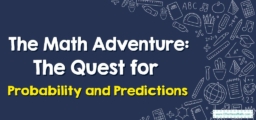
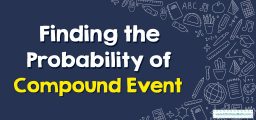



What people say about "The Math Behind Taking Risks: Understanding Expected Value and Probability - Effortless Math: We Help Students Learn to LOVE Mathematics"?
No one replied yet.